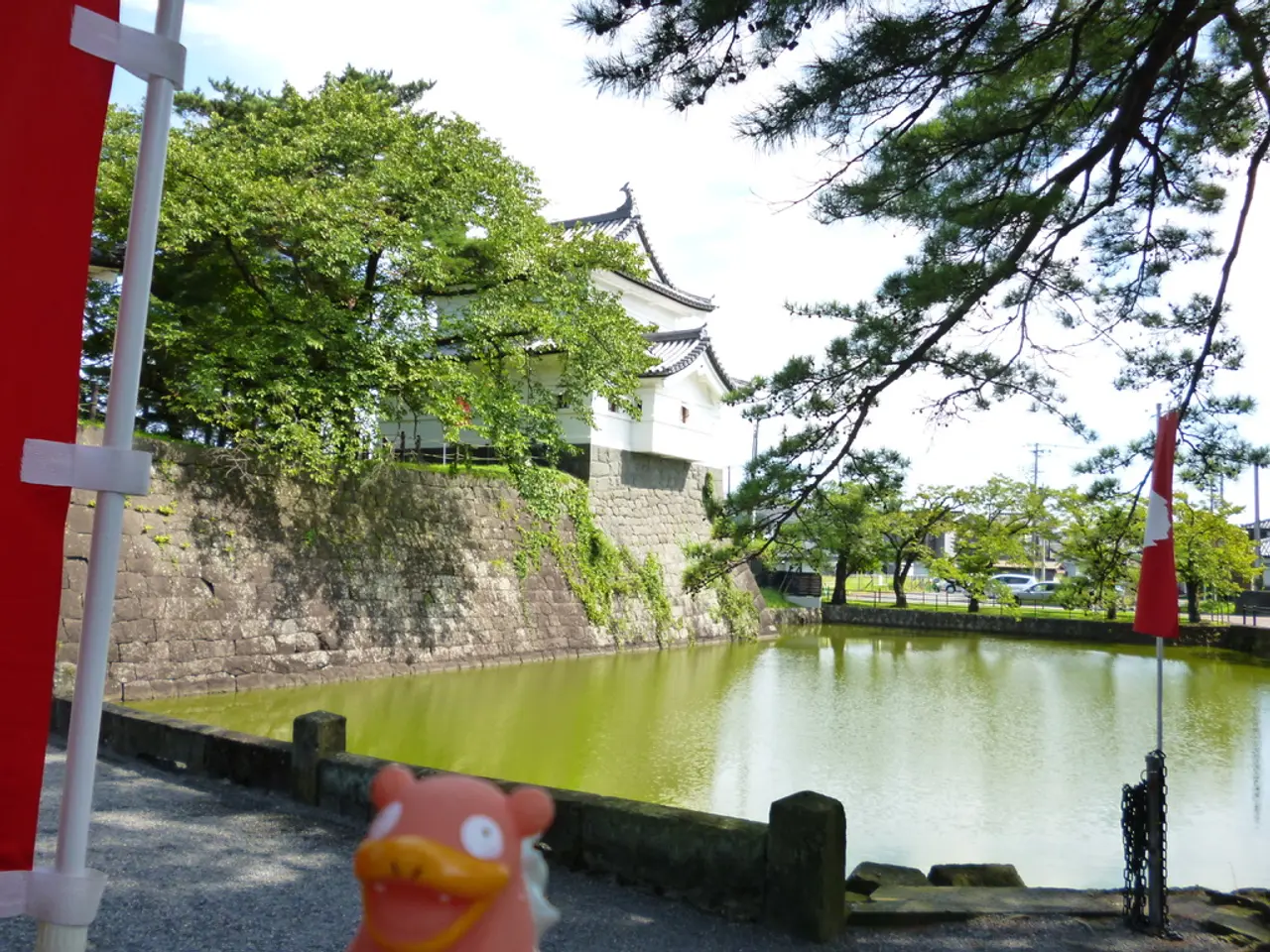Stunning Varieties of Violet Blossoms and their Symbolisms Revealed
In the realm of horticulture, purple flowers hold a special place, symbolizing royalty, creativity, wisdom, and enchantment. By incorporating these captivating blooms into your garden, you create an elegant and inspiring landscape that reflects your style.
Various purple flowers thrive in a garden setting, each with its unique meaning and care requirements. Here's a selection of popular purple flowers, their meanings, and care tips for a beautiful garden:
1. **Purple Tulips**: Elegance, grace, and royalty are embodied by these enchanting blooms. Plant seeds or bulbs in fall, in sunny, well-drained soil. Water regularly but avoid overwatering, and mulch to retain moisture and suppress weeds. Fertilize in early spring for a vibrant display.
2. **Purple Coneflower (Echinacea)**: Healing, strength, and resilience are the messages of this native perennial. Preferring full sun and well-drained soil, these drought-tolerant plants attract pollinators and bloom midsummer.
3. **Dahlia (purple varieties)**: Dignity, commitment, and creativity are the qualities of these striking blooms. Plant tubers after the risk of frost, in full sun and well-drained soil. Regular watering and deadheading spent blooms will prolong flowering.
4. **Verbena (purple types)**: Creativity, protection, and enchantment are the associations with these vibrant blooms. Ideal for long blooming periods through summer, verbena thrives in full sun and drought-tolerant conditions.
5. **Columbine (purple)**: Wisdom, faith, and courage are the characteristics of these delicate blooms. Hardy perennials, they prefer partial shade to full sun, well-drained soil, and attract hummingbirds.
6. **Blue Violet (Viola sororia)**: Modesty, innocence, and loyalty are the traits of these charming blooms. Full sun to partial shade, moist, well-drained soil, and compact growth under 8 inches make them an ideal choice for a variety of gardens.
7. **Purple Roses**: Enchantment and love at first sight are the emotions evoked by these romantic blooms. Grow in full sun, well-drained soil, and prune to encourage blooms for a variety of stunning options, such as 'Sterling Silver' and 'Lavender Bouquet'.
### Caring for Purple Flowers in a Garden Setting
To ensure the success of your purple flower garden, consider these care tips:
- **Sunlight**: Most purple flowers thrive in full sun, with exceptions such as columbine and violet, which tolerate partial shade.
- **Soil**: Well-drained soil is crucial, with sandy or loamy soils being best. Avoid overly rich soils, as some plants, like passionflower, produce fewer flowers if too nutrient-rich.
- **Watering**: Water regularly but avoid waterlogged soil. Drought-tolerant varieties like coneflower and verbena require less water once established.
- **Seasonal Planting**: Bulbs (e.g., tulips, crocus) should be planted in fall, while perennials (e.g., coneflower, columbine) can be planted or divided in spring or summer.
- **Maintenance**: Deadhead spent blooms to encourage more flowers, mulch to retain moisture and suppress weeds, and fertilize appropriately, often early spring.
By choosing a variety of purple flowers with staggered bloom times and providing them with the proper care, you can enjoy continuous purple color in your garden throughout the growing season. The addition of purple flowers not only adds a sense of elegance and tranquility to any garden but also blends naturally with other colors and textures.
Some other noteworthy purple flowers include the Balloon Flower, Dwarf Iris, Salvia, Monkshood, and Campanula, each with its unique characteristics and growing requirements. With careful planning and attentive care, you can create a vibrant and meaningful purple flower garden filled with beauty and symbolism.
1.Science and self-development can elucidate the best practices for cultivating a stunning purple flower garden. Educate yourself on the sun, soil, watering, seasonal planting, and maintenance requirements of various purple flowers, such as the Balloon Flower and Monkshood.
- In the realm of health and wellness, proper nourishment is vital for vibrant purple flower growth. Fertilize your purple flowers, like dahlias, coneflowers, and columbines, with appropriate nutrients such as potassium and phosphorus, found in various organic and synthetic fertilizers.
- By incorporating fashion and beauty elements into your purple flower garden, you can elevate its aesthetics. Plant various heights, colors, and textures to create an interesting focal point. Accentuate your purple rose blooms with complementary colors for a striking visual effect.
- Lifestyle changes can incorporate a purple flower garden into your daily routine. Engage in leisure activities such as pottquality and flower arranging to nurture a connection with your garden and nourish your body and mind.
- Nutrition extends beyond human food to include the nutrients provided by your purple flower garden. Enjoy the natural beauty of purple flowers, like purple coneflowers and columbines, while birds and insects benefit from the pollen and seeds they offer.
- The dual benefits of relationships and travel can be harnessed to seek inspiration for your purple flower garden. Visit botanical gardens and nurseries to explore unique purple flowers and observe their growth patterns, then apply your newfound knowledge to your own garden.




